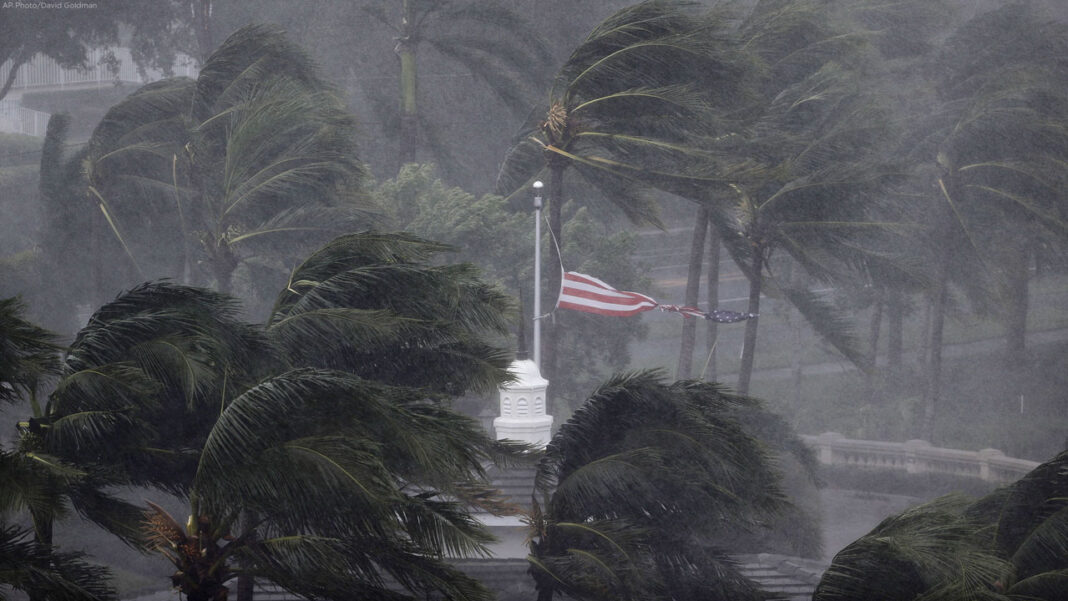After a somewhat of a quiet start, the 2022 Atlantic hurricane season is fully underway as Hurricane Ian makes its way toward the U. S . The storm is expected to make landfall on Florida’s west coast or its panhandle by midday Thursday, according to the National Hurricane Center .
Ian is expected to become a Category 3 hurricane Monday night and is forecast to strike to become a Category 4 hurricane. Florida Gov. Ron DeSantis declared a state of emergency and said that storm conditions are “projected to constitute a major disaster.
” How intense is a Category 3 or Category 4 hurricane and what do the different categories mean for people in the storm’s path? The National Weather Service uses the Saffir-Simpson Scale, which only measures a hurricane’s sustained wind speeds using a 1 to 5 rating system. This scale provides estimates of potential property damage, according to NWS. A Category 1 hurricane has sustained winds between 74-95 mph, according to NWS.
Its “very dangerous winds” will cause some damage to roofs, shingles, vinyl sidings and gutters on well-built homes, NWS said on its website. “Large branches of trees will snap and shallowly rooted trees may be toppled,” the NWS said. “Extensive damage to power lines and poles likely will result in power outages that could last a few to several days.
” Hurricane Danielle was the first Category 1 storm this season . Winds on a Category 2 hurricane are between 96-110 mph. According to the NWS, its “extremely dangerous winds” can cause major roof and siding damage to well-constructed homes.
“Many shallowly rooted trees will be snapped or uprooted and block numerous roads. Near-total power loss is expected with outages that could last from several days to weeks,” NWS said. Storms that are Category 3-5 are considered major hurricanes.
MORE: How does a hurricane form? A Category 3 hurricane has continuous winds between 111-129 mph, where “devastating damage will occur,” the NWS said. “Well-built framed homes may incur major damage or removal of roof decking and gable ends. Many trees will be snapped or uprooted, blocking numerous roads.
Electricity and water will be unavailable for several days to weeks after the storm passes,” according to the agency. Category 4 storms can cause “catastrophic damage” with their 130-156 mph winds. A Category 4 storm can cause severe damage to well-constructed homes, including damaging most of the roof and exterior walls.
“Most trees will be snapped or uprooted and power poles downed. Fallen trees and power poles will isolate residential areas. Power outages will last weeks to possibly months.
Most of the area will be uninhabitable for weeks or months,” the NWS said on its website about Category 4 storms. Category 5 hurricanes are the most devastating, with sustained winds of at least 157 mph. “A high percentage of framed homes will be destroyed, with total roof failure and wall collapse.
Fallen trees and power poles will isolate residential areas,” the NWS said. “Power outages will last for weeks to possibly months. Most of the area will be uninhabitable for weeks or months.
” The last Category 5 hurricane to hit the U. S. was Hurricane Michael, which made landfall in Florida in 2018.
ABC News’ William Mansell and Karma Allen contributed to this report. .
From: abc7
URL: https://abc7news.com/hurricane-noaa-category-hurricanes-storm-categories-explained/12272095/



